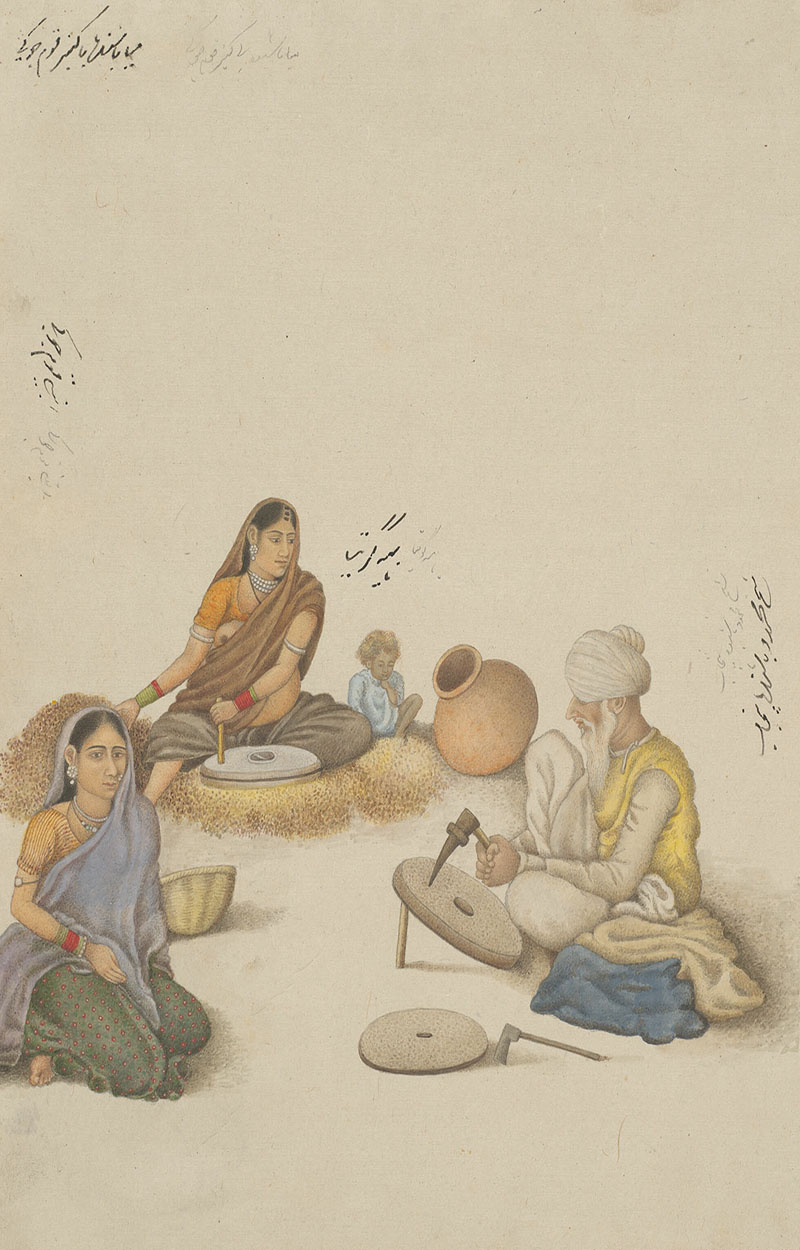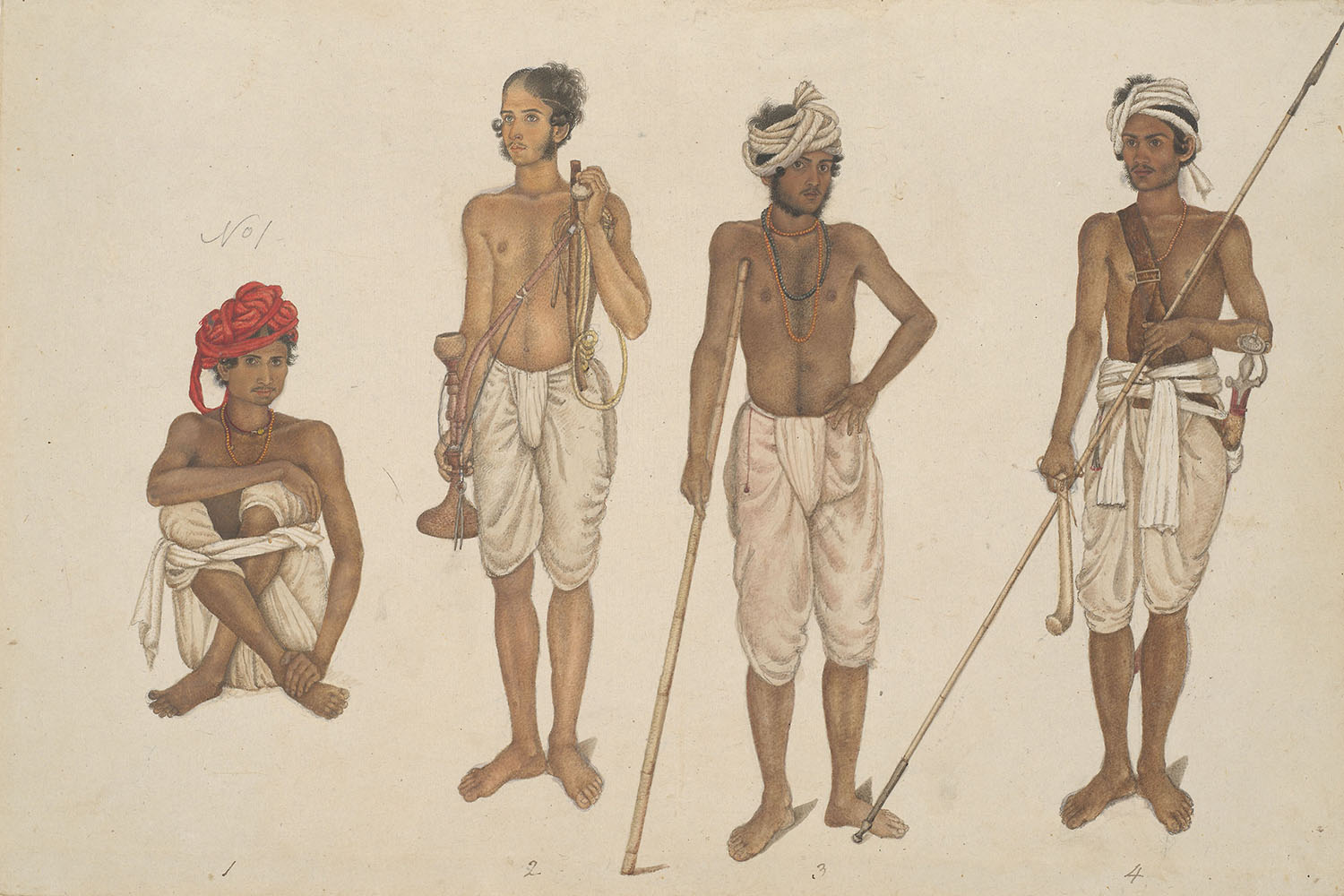ARTICLE
Fraser Album
The group of paintings which comprise the Fraser Album today were discovered amongst the Fraser Papers in 1979. The papers offer detailed information about the commissioned artists, the sites and scenes they sought to depict, as well as the motivations of the brothers — such as the 1815 drawings of Gurkha soldiers that were commissioned by James to use them as models and figures in landscape drawings that he intended to publish as aquatints. The album marks a shift in the painting culture of Delhi which, until then, recorded only courtly subjects rendered in a formalised manner. In contrast, the expanse of the Fraser Album across the courtly and the quotidian, the rural and the urban, gave prominence to more common subjects such as soldiers, ascetics, pastoralists, entertainers and the like.
Bibliography
Our website is currently undergoing maintenance and re-design, due to which we have had to take down some of our bibliographies. While these will be re-published shortly, you can request references for specific articles by writing to hellomapacademy@map-india.org.









